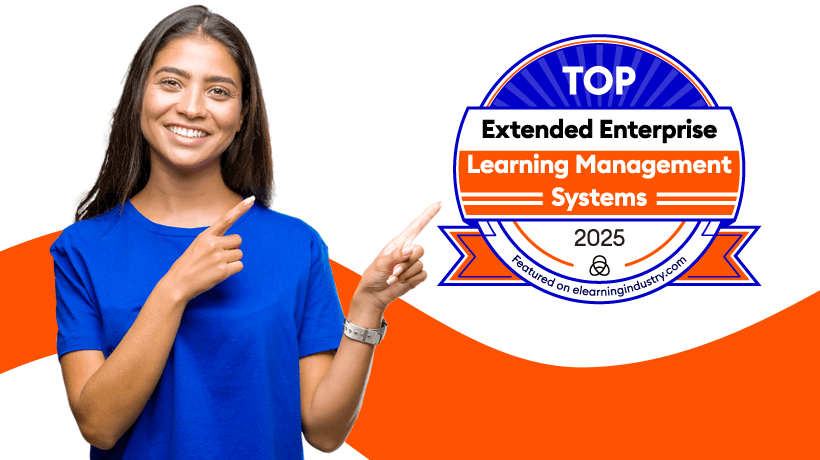Creating An Extended Enterprise Training Strategy To Achieve Competitive Advantage
The “extended enterprise” is a concept that suggests a company does not operate in isolation but is dependent on a network of individuals and relationships. This network consists of external business constituents such as partners, suppliers, dealers, resellers, customers, and more -- all of which can be important contributors to the success of a business.
Evolution Of THE Extended Enterprise
In 1990, the Chrysler Corporation coined the term “extended enterprise” to describe the necessary, collaborative relationship between different supply chain members. Chrysler believed that achieving competitive advantage was contingent on suppliers -- and all parties involved -- becoming partners.
To create that “collaborative relationship,” every individual and group must have all the information, training, and education they need in order to successfully contribute to the selling, production, and distribution of corporate products and services. It is also important that the information and data is up-to-date and thorough, providing the individual with the latest information relevant to their role
Extended Enterprise TRAINING Materials
When it comes to creating learning materials for extended enterprise learners think, “What is my goal?” It’s one thing to get internal employees up to speed, but for the extended enterprise, success is defined by how you get non-employee partners up to speed. Here are some examples of non-employee learning uses cases:
- Get product information out ASAP: Larger companies in automotive, healthcare, technology, manufacturing, or retail may need to provide their extended channels and partners with new product information and training. For an automotive company, this could include getting product details for their newest sedan model out to all of their dealers. If a car sales representative understands the new car model better, the rep will sell it better.
- Teach learners how to do their job: In addition to providing product information, your organization might also create course material like “how to sell” or “how to use marketing materials.” Another way to teach learners how to do their job better -- and therefore pull in more revenue -- might be by providing specific news or market updates that impact the learner’s job.
- Create certification programs: Certification and recertification programs are a great way to ensure extended enterprise training success. If an organization specializes in the cybersecurity space, they might create a certification program to standardize that learning market and increase revenue. For example, the American Red Cross defines the standard for CPR training and requires regular recertification to keep up with health standards.
Delivering License Management With Panorama
The next question to ask is, “How do I deliver?” After defining a use case, it’s important to find a delivery method or platform with the necessary capabilities. In the use cases listed above, utilizing a platform with built-in content management and delivery tools is essential, along with being able to group your cohorts of learners such as actual businesses. The recently released Panorama functionality in the Thought Industries’ Learning Business Platform™ does just this. It enables organizations to create, manage, and deliver branded learning experiences for groups or businesses from a single interface, streamlining the ability to get courses and content into the hands of your learners while also segmenting to specific cohorts.
Interested in learning more? Download the eBook 7 Steps To Build A Strong eLearning Business.










